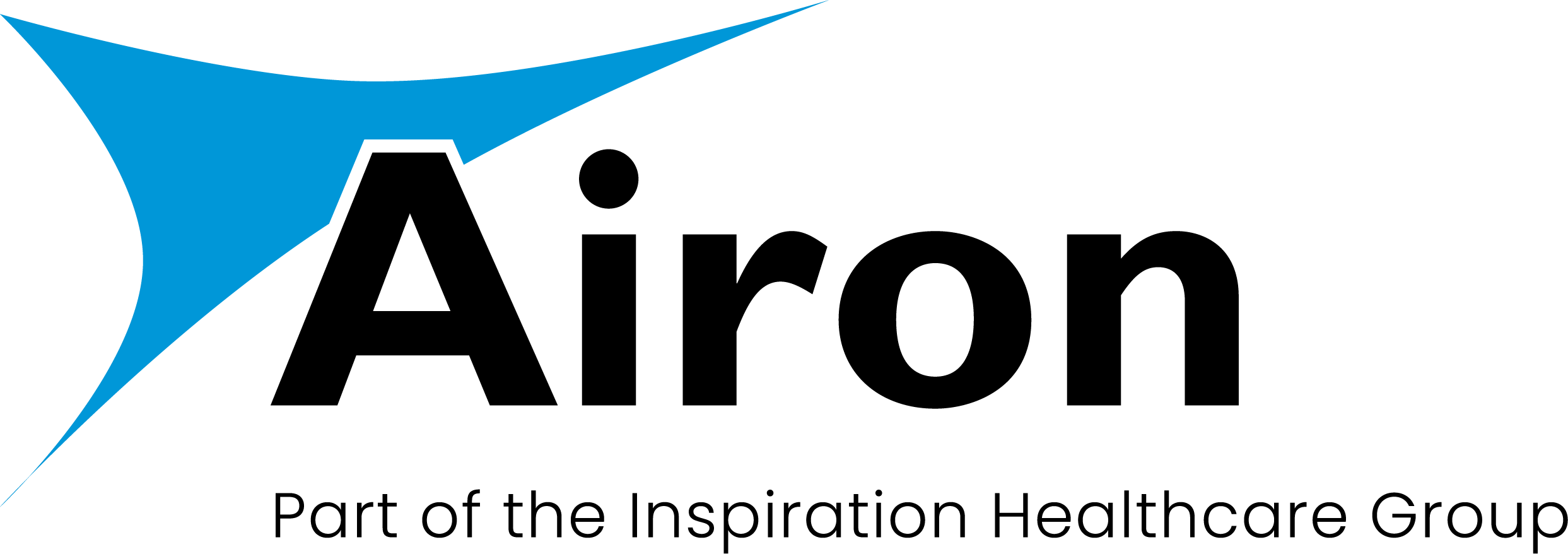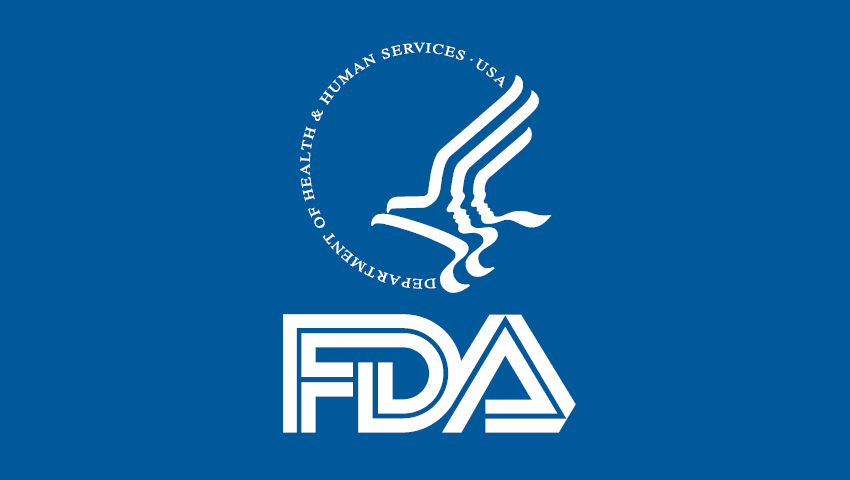The U.S. Food and Drug Administration (FDA) recognizes that the need for ventilators, ventilator accessories, and other respiratory devices may outpace the supply available to health care facilities during the Coronavirus Disease 2019 (COVID-19) outbreak.
On March 22, 2020, the FDA issued an immediately in effect guidance outlining a policy intended to help increase availability of ventilators and their accessories as well as other respiratory devices during the COVID-19 pandemic. For details, see Enforcement Policy for Ventilators and Accessories and Other Respiratory Devices During the CoronavirusDisease-2019 (COVID-19) Public Health Emergency. The policy fosters the continued availability of certain safe and effective medical devices while being flexible regarding manufacturer modifications made to ventilators, anesthesia gas machines and other respiratory devices, and their accessories, in response to the COVID-19 public health emergency.
This Letter provides recommendations for health care providers and facilities, based on the recently issued guidance, regarding the use of devices with patients who develop respiratory compromise from COVID-19 or other respiratory disorders. The FDA’s recommendations are intended to augment, not replace, specific controls and procedures developed by health care organizations and the Centers for Disease Control and Prevention (CDC).
Recommendations
The FDA recommends health care providers and facilities, wherever possible:
- Use FDA-cleared conventional/standard full-featured ventilators when available to support patients with respiratory failure.
- Under the policy, manufacturers may make certain modifications to FDA-cleared indications, claims, or functionality of these devices, without prior submission of a premarket notification where the modification will not create an undue risk in light of the public health emergency. In such circumstances, FDA recommends that the manufacturer provide clear instructions delineating FDA-cleared indications and claims from those that are not FDA-cleared, in addition to a general statement about changes that have not been cleared by FDA.
- If the number of ventilators in your facility is running low, consider alternative devices capable of delivering breaths or pressure support to satisfy medically necessary treatment practices for patients requiring such ventilatory support. Health care providers should use their judgment based on the condition of the patient and the circumstances in the facility to choose the best option.Examples of alternative uses of respiratory devices used to address shortages might include the following, which the FDA believes may help increase availability:
- For any patient needing ventilatory support, continuous ventilators labeled for home use may be used in a medical facility setting depending on the features of the ventilator and provided there is appropriate monitoring (as available) of the patient’s condition.
- For stable patients, emergency transport ventilators may be used for prolonged ventilation in a medical facility setting.
- For any patient needing ventilatory support, anesthesia gas machines capable of providing controlled ventilation or assisted ventilation may be used outside of the traditional use for anesthetic indication. Because of significant differences between the anesthesia gas machine and traditional critical care ventilators, use or supervision by an anesthesia provider is recommended. Refer to the manufacturers’ websites for specific instructions on safe use of anesthesia gas machines for this indication.
- Noninvasive Ventilation (NIV) Patient Interfaces capable of prescribed breath may be used for patients requiring such ventilatory support, including NIV Patient Interfaces labeled for sleep apnea.
- Continuous Positive Airway Pressure (CPAP), auto-CPAP, and bilevel positive airway pressure (BiPAP or BPAP) machines typically used for treatment of sleep apnea (either in the home or facility setting) may be used to support patients with respiratory insufficiency provided appropriate monitoring (as available) and patient condition
- Take appropriate precautions with environmental control (for example,negative pressure) or additional filtration where feasible: Ventilating patients with communicable diseases using devices that are single limb or noninvasive without a filtered seal from atmosphere may contaminate the room air and increase risk of transmission. This risk may be exacerbated by high-flow nasal cannula systems or CPAP machines.
- Contact the device manufacturer or review the manufacturer website for guidance on updated labeling: If using a ventilator, gas machine, or other device outside of its labeled indications, FDA recommends contacting the device manufacturer for information on the features and limitations of the device in an emergency use situation.
- Contact the appropriate professional societies for up-to-date information:For recently issued useful information relevant to this issue. Examples include:Anesthesia Patient Safety Foundation (APSF): FAQ on Anesthesia Machine Use,Protection, and Decontamination During the COVID-19 Pandemic American Society of Anesthesiologists: COVID-19 Information for Health Care Professionals
- Conserve the use of accessories used with ventilators:
- Given the potential for extensive use of ventilators and anesthesia gas machines in response to the COVID-19 pandemic, and to avoid depletion of breathing circuit supplies, health care facilities may consider extending the shelf life and duration of use of these products for treating individual patients, depending on the availability of resources.
- Consider extending the duration of use of passive humidifiers (heat-moisture exchangers) for up to one week depending on patient condition and available resources.
- Please note if using ventilators from other regulatory jurisdictions: Where possible, health care facilities should use FDA-cleared conventional/standard full-featured ventilators to treat patients who develop respiratory failure or respiratory insufficiency. However, FDA is taking steps to help make available ventilatory support devices that are not currently legally marketed in the U.S. to support the wider availability of devices for patients in need of ventilatory support in the United States for the duration of the public health emergency, as described in the Enforcement Policy for Ventilators guidance.
Background
There is currently an outbreak of respiratory disease caused by a novel coronavirus. The virus has been named “SARS-CoV-2” and the disease it causes has been named “Coronavirus Disease 2019” (COVID-19). On January 31, 2020, the Department of Health and Human Services (HHS) issued a declaration of a public health emergency related to COVID-19 and mobilized the Operating Divisions of HHS. In addition, on March 13, 2020, the President declared a national emergency in response to COVID-19.SARS-CoV-2 has demonstrated the capability to spread rapidly, leading to significant impacts on healthcare systems and causing societal disruption. The potential public health threat posed by COVID-19 is high, both globally and to the United States. To respond effectively to the COVID-19 outbreak, appropriate clinical management and infection control and implementation of community mitigation efforts are critical.The FDA is aware that patients suffering from respiratory complications as a result ofCOVID-19 may require ventilatory support. These patients may require assistance via mechanical ventilation through the controlled delivery of gases, including the delivery of oxygen during inhalation and/or the removal carbon dioxide during exhalation.
FDA Actions
The FDA is collaborating with manufacturers of ventilators, ventilator accessories, and other respiratory devices to better understand the current supply chain issues related to the COVID-19 outbreak and to help mitigate any widespread shortages of these devices.The FDA is also working with the Strategic National Stockpile (SNS) to develop strategies for the use of ventilators and ventilator accessories in the SNS. For more information, refer to HHS’s Assistant Secretary for Preparedness and Response (ASPR) and Biomedical Advanced Research and Development Authority (BARDA).The FDA will continue to keep health care providers, manufacturers, and the public informed if new or additional information becomes available.
Reporting Problems to the FDA
For potential or actual supply issues, email information to the FDA at [email protected]. Any one – user,patient, manufacturer, or organization within the supply chain – who is aware of a delay in distribution of a product, or anticipates a potential or actual shortage, can notify us.The FDA encourages health care providers to report any adverse events or suspected adverse events experienced with ventilators.
- Voluntary reports can be submitted through MedWatch, the FDA Safety Information and Adverse Event Reporting program.
- Device manufacturers and user organizations must comply with the applicable Medical Device Reporting (MDR) regulations.
- Health care personnel employed by organizations that are subject to the FDA’s user facility reporting requirements should follow the reporting procedures established by their organizations.
Prompt reporting of adverse events can help the FDA identify and better understand the risks associated with medical devices.
Contact Information
If you have questions about this letter, contact [email protected] or, for general questions, the Division of Industry and Consumer Education (DICE).

